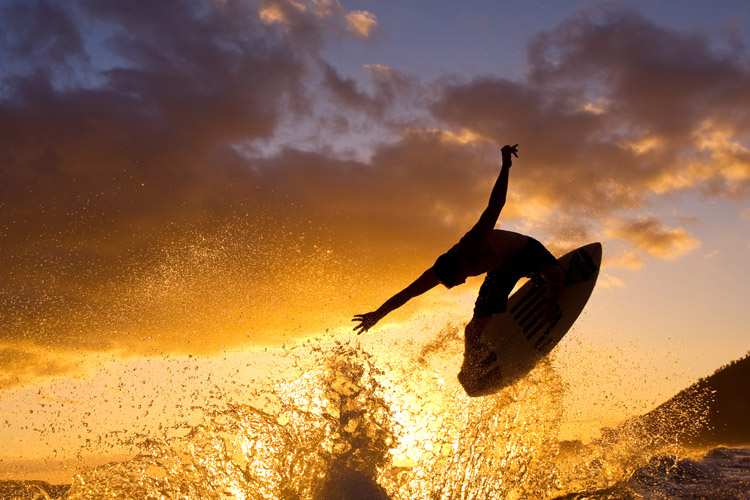Where, when, and how was skimboarding invented? Let's ride the glide and discover how skimboarding evolved in its first 100 years of existence.
The sport of skimboarding has its origins around 1920 in California when the Laguna Beach lifeguards - George Griffeth and friend Jimmy - built rounded disks made from redwood and used them to slide across the water.
"It was two planks of redwood, connected by three strips of oak held on by small machine screws and square nuts recessed into the wood.
They were about five-foot-long, with no curve at all, and they were towed behind a boat much like a wakeboard," Tex Haines, the co-founder of Victoria Skimboards, once wrote.
The truth is that the "pizza board" became the standard shape for skimboarding until the early 1960s when a new design appeared and mimicked a smaller, wide surfboard.
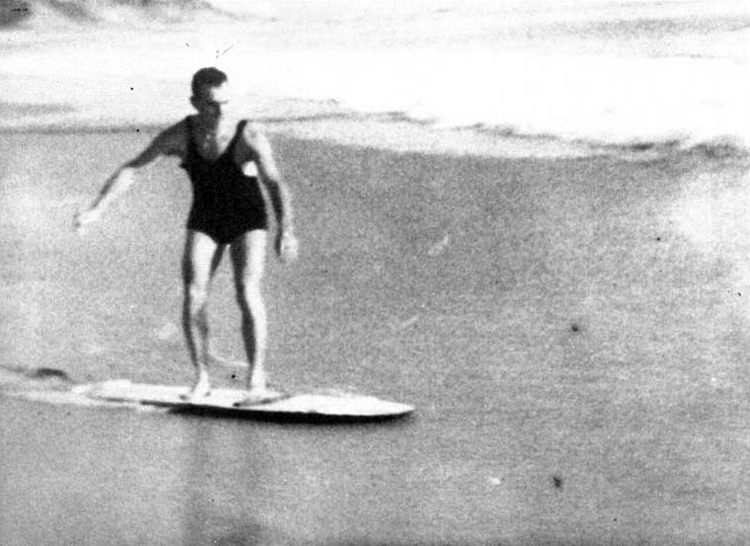
"Locals in Laguna took the traditional round boards and stretched them out into ovals to carve off the waves that break right on the shore better," notes the skim pioneer.
That was the beginning of the skimboarding renaissance. I came along when this was well underway, at about age 11."
Haines says that, at the time, the activity was called "skidboarding," but when he and his partner started Victoria Skimboards in 1976, "we changed it to skimboarding."
Wave and Land
As the sport gained traction, two disciplines arose: wave skimboarding and flatland skimboarding.
In less than three decades, the skimboarding movement spread to northwest Canada and to Europe, where it became very popular.
Small skimboarding communities started practicing in rivers, lakes, ponds, and even in the heart of cities.
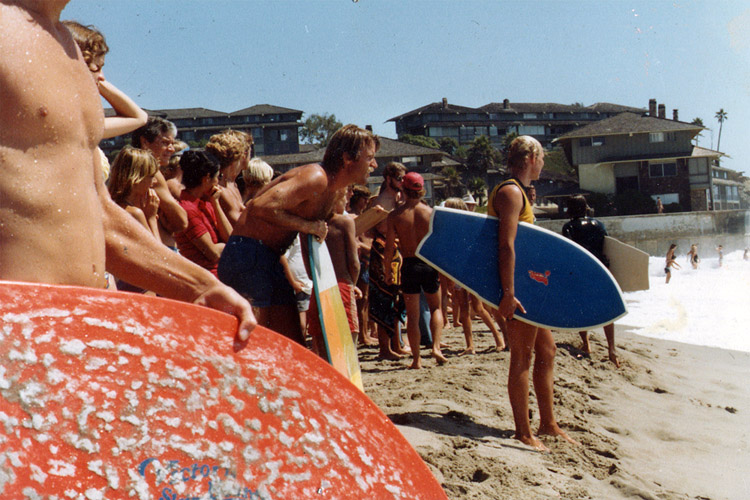
Initially, skimboards were seen as a fantastic alternative to flat surfing days, high tides, and pounding shore breaks but, as time went by, the sport gained full respect as a member of the water sports club.
The first annual World Skimboard Championships were held in 1976 at Aliso Beach. From that moment on, skimboarding was no longer a cool surf craft for the summer holidays.
In 1980, Tex Haines and Peter Prietto, from Victoria Skimboards, introduced the first foam core skimboards covered in fiberglass and resin, and a new chapter began for the young sport.
Suddenly, skimboards were found alongside surfboards in high-end surf shops.
In September 1987, Tom Trager is featured on the cover of Sports Illustrated riding a skimboard but, in the following decade, the sport would enter a dark phase - kiteboarding explodes, surfing becomes TV-friendly, and skimboard sales decline.
Fortunately, after the storm comes the rainbow and, soon after, new magazines and competitions start to emerge, and skimming regains fans and new participants.
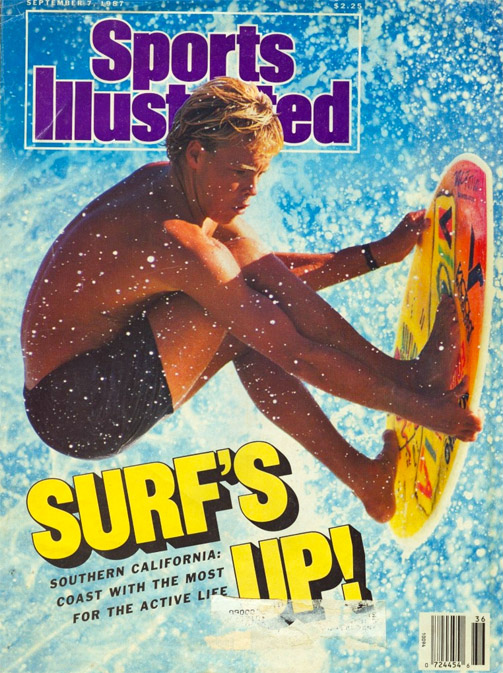
A Growing Scene
Skimboarding's ever-growing popularity can also be explained by how easy it is to start riding and the fact that skimboards require little maintenance.
Today, skimboarding is profoundly influenced by surfing and skateboarding, but its finless DNA has also been inspiring surfers in their retro and new-school tricks and maneuvers.
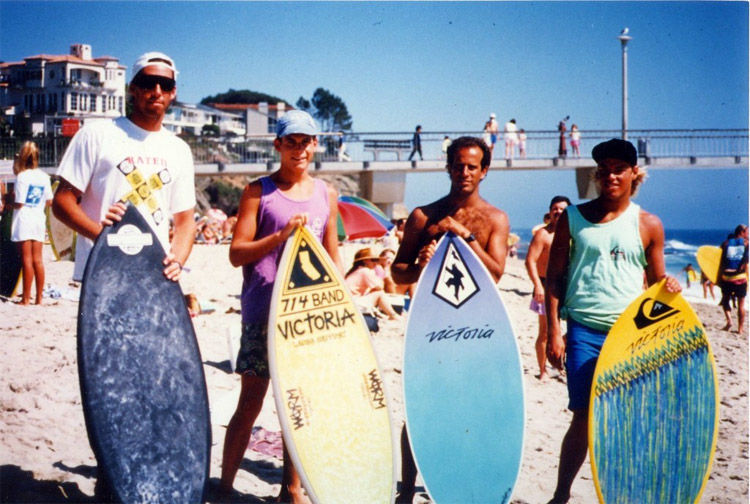
Skimboarding is the only water board sport that doesn't rely on wave or wind conditions to be practiced.
Riders only need a plank, a shallow water area, and a few wake-style obstacles for intermediate and advanced moves.
Skimboarding combines athletics and water sports in a particular and intelligent manner. If you're a good surfer, it doesn't mean you will be a good skimboarder.
The outdoor activity is governed by the International Surfing Association (ISA), but it is also the only sport under the organization's umbrella that never got a proper World Championship.
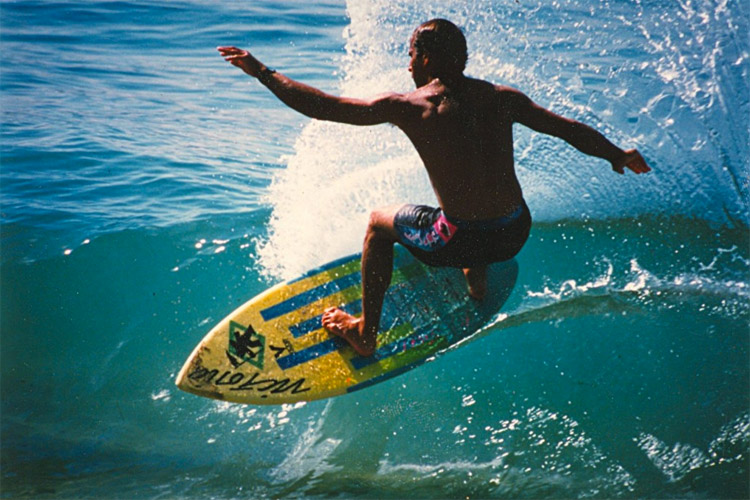
Today, skimboards are technologically sophisticated and combine advanced elements from the aerospace industry with the knowledge of experienced craftsmen.
Three companies - Victoria Skimboards, Exile Skimboards, and Zap Skimboards - share a large majority of the sport's market.
The United Skim Tour (UST) runs the most successful world circuit since 2006. The Vic is the longest-running skimboarding contest in the world. It has been held since 1977.
Discover the best skimboarding spots in the world.
Learn the most important skimboarding tips for beginners, and explore the sport's techniques.
Buy a quality skimboard, or shape your own plank. Enjoy it. Skimboarding is an addiction.
